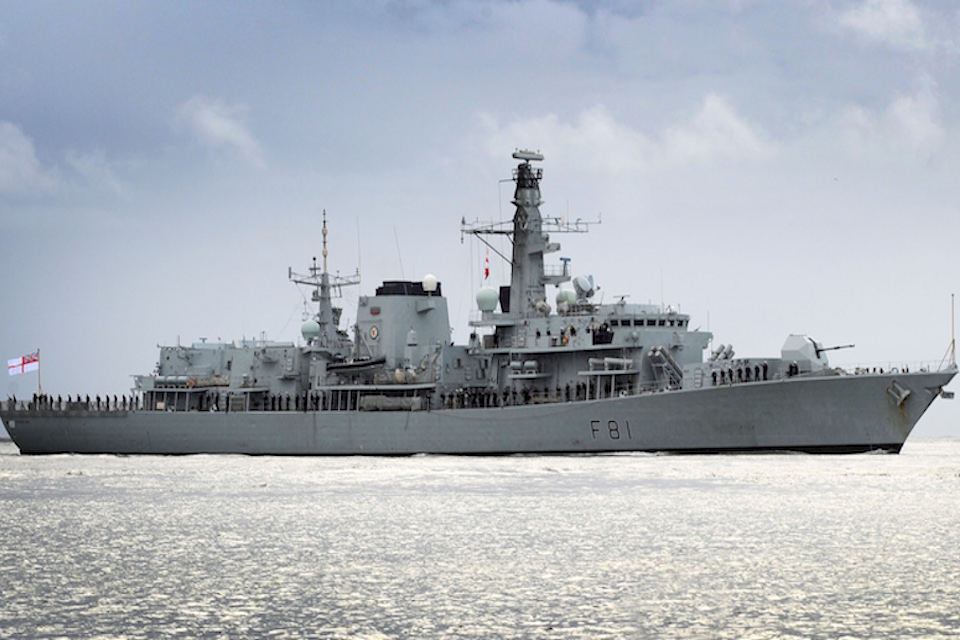News story: UK bolsters defence ties in the Western Balkans
The trip marks the first time Mark Lancaster has been to Kosovo since he served there in 1999-2000 and it’s the first visit to Serbia by a British defence minister in more than 10 years.
Defence Minister Mark Lancaster said:
The Western Balkans is a key region for the stability and security of Europe, and the UK continues to play a leading role in supporting the Kosovo Security Force and the Serbian Armed Forces.
Our connections are historic; it is a hundred years since we fought side by side with Serbia during the First World War, and we will continue to build on our rich history with both countries in the years to come.
Mr Lancaster’s visit to Kosovo comes at a time when the UK has boosted its presence in the country, having recently deployed 30 troops to NATO’s Force based there to work with allies to promote safety, security and stability in the region. This is in addition to long-standing defence training assistance and capacity-building of the Kosovo Security Force.
The Defence Minister went on to visit Belgrade, to meet with his counterparts. It marked the hundredth anniversary since British and Commonwealth troops successfully fought alongside Serbian counterparts to secure the Salonika Front during the First World War. The UK has a proud history of training side-by-side with Serbian forces, with the 2nd Battalion the Royal Irish Regiment recently working on Exercise Platinum Wolf in Cepotina.
While in Kosovo Mark Lancaster met with President Hashim Thaci, Prime Minister Ramush Haradinaj, Minister for the Kosovo Security Force Mr Rrustem Berisha, and Lieutenant General Rrahman Rama. He also laid a wreath at the UK memorial in Pristina and saw a demonstration by the Kosovo Security Force. In Serbia the Minister met Defence Minister Aleksandar Vulin, laid a wreath at the Belgrade War Cemetery and addressed military personnel at the Peacekeeping Centre.
The visit comes ahead of the major Western Balkans Summit in London in next year.

